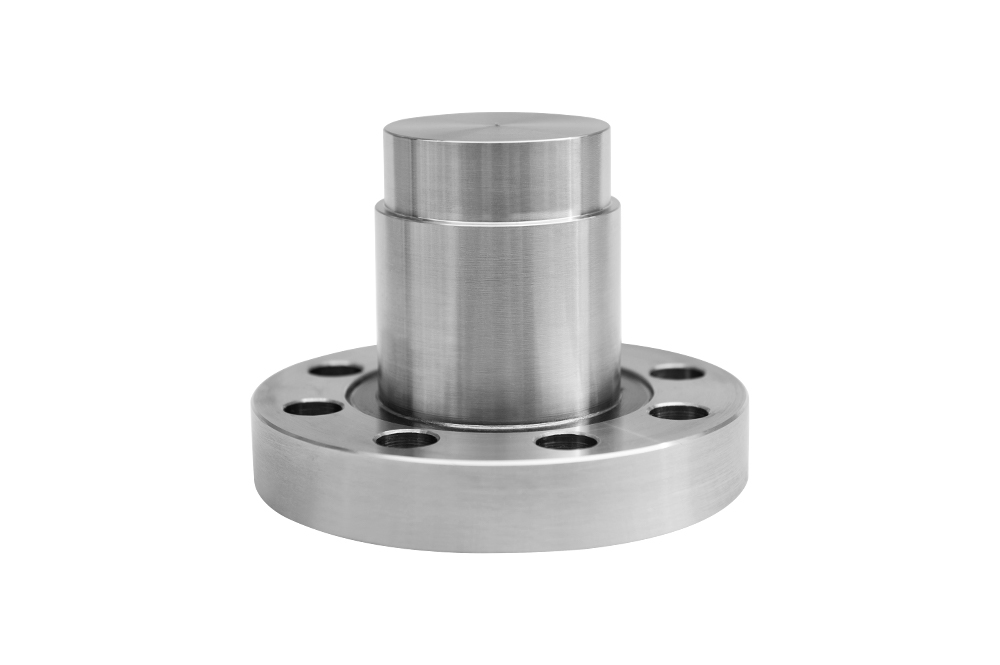Flow control plays a crucial role in various industrial and commercial applications, ranging from water treatment systems to complex manufacturing processes. The effectiveness of flow control directly impacts operational efficiency, safety, and maintenance costs. Among the diverse types of valves available, ball valves are widely recognized for their reliability and straightforward operation. This article explores how using high-quality ball valve components can enhance flow control performance, with a special focus on micro ball valves and electric water ball valves.

The Role of Ball Valve Components in Flow Control
Ball valves regulate flow by rotating a ball with a bore through it, allowing or blocking fluid passage. The design simplicity makes them suitable for quick shut-off and control applications. However, the quality and precision of individual components significantly affect the valve's overall performance.
Key components such as the valve body, ball, stem, seats, and seals determine how effectively the valve can control flow, maintain sealing, and resist wear. Poorly manufactured parts may advance to leakage, increased pressure drops, or premature failure. Therefore, sourcing ball valve components made from durable materials and crafted with precise machining is essential.
Micro Ball Valve: Precision in Compact Size
A micro ball valve is a small-sized ball valve designed for applications where space is limited but control accuracy is required. These valves are often found in instrumentation, medical devices, and microfluidic systems. The challenge with micro ball valves lies in maintaining tight sealing and smooth operation despite their reduced dimensions.
High-quality components are critical for micro ball valves because even slight deviations in machining tolerances can cause operational issues. For example, the ball and seats must fit ideally to avoid leaks, and the stem must allow smooth rotation without excessive friction.
Advances in manufacturing technology now enable the production of micro ball valve components with fine surface finishes and consistent dimensions. Materials like stainless steel and specialized polymers help enhance corrosion resistance and durability, extending service life even under demanding conditions.
By integrating precision micro ball valves, systems can achieve improved flow accuracy, easier maintenance, and reduced downtime. This makes micro ball valves valuable in industries such as pharmaceuticals, laboratory equipment, and small-scale fluid control networks.
Electric Water Ball Valve: Automation Meets Flow Control
The electric water ball valve combines the traditional ball valve mechanism with an electric actuator, enabling automated control of water flow. These valves are increasingly used in applications such as HVAC systems, irrigation, water treatment plants, and industrial water distribution networks.
In an electric water ball valve, the electric actuator drives the rotation of the ball, allowing for remote or programmed operation. This capability supports integration with building management systems or industrial control units, promoting efficient water management and energy savings.
The quality of the ball valve components directly influences the performance of the electric water ball valve. Components must withstand frequent actuation cycles and environmental factors like moisture and temperature fluctuations. The valve body and ball require corrosion-resistant materials, while seals must ensure a reliable watertight closure.
Additionally, precise machining of the stem and ball interfaces reduces torque requirements for the actuator, pilot to smoother and quieter operation. Proper design of the electric actuator coupling also contributes to durability and consistent valve positioning.
Electric water ball valves equipped with well-made components provide reliable flow control while reducing manual labor. They also allow for timely response to system demands, less water waste, and enhance system safety through automated shut-off functions.
Benefits of Investing in Quality Ball Valve Components
Choosing ball valve components manufactured with attention to material properties, dimensional accuracy, and assembly standards offers several benefits:
Improved Sealing Performance: Precisely engineered seats and seals less leakage and maintain pressure integrity.
Enhanced Durability: Corrosion-resistant materials and robust construction extend the operational life of valves.
Consistent Operation: Smooth stem and ball interactions reduce wear and improve valve responsiveness.
Reduced Maintenance: Reliable components lower the frequency of repairs and replacements, reducing downtime.
Better Compatibility: Components that meet industry standards ensure compatibility with various systems and fluids.
Effective flow control depends heavily on the quality of the ball valve components used in any system. Whether in compact micro ball valves or automated electric water ball valves, precision and durability are key factors that influence valve performance. By selecting well-crafted components designed to meet specific application requirements, operators can achieve reliable, efficient, and cost-effective flow management.
Investing in quality ball valve components is an important step toward optimizing the performance of fluid control systems across many industries. This approach supports operational stability and provides flexibility for future automation and system upgrades.